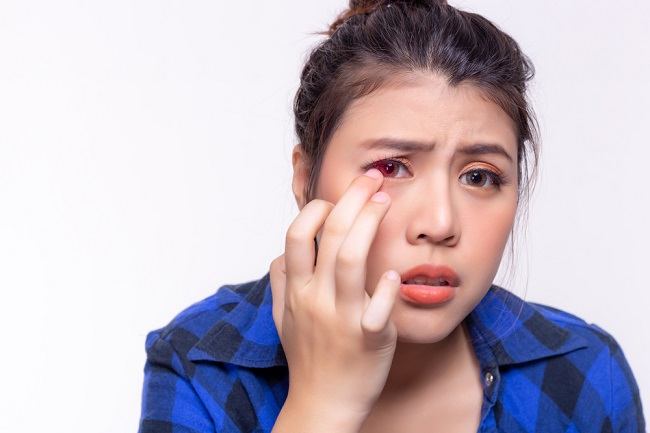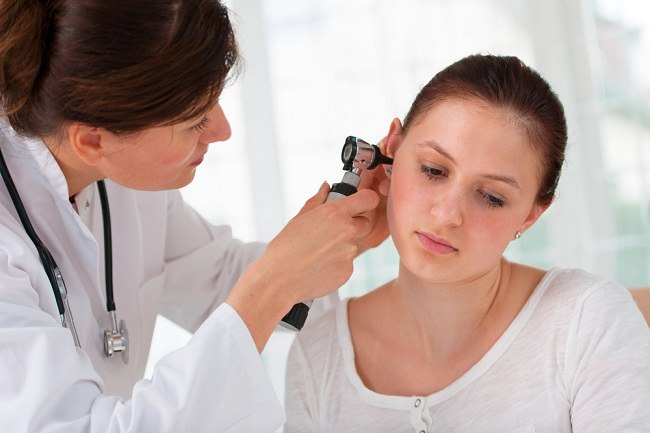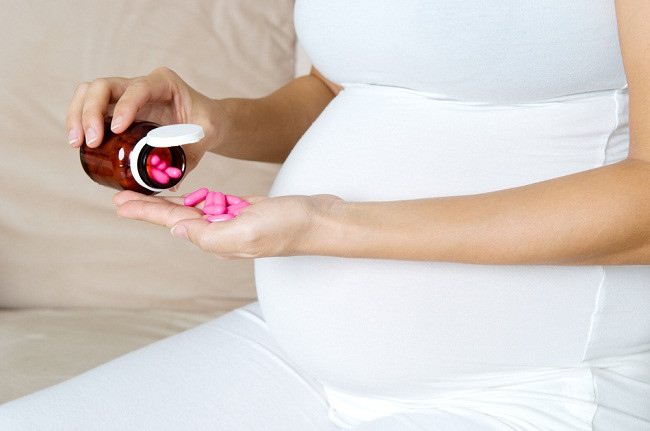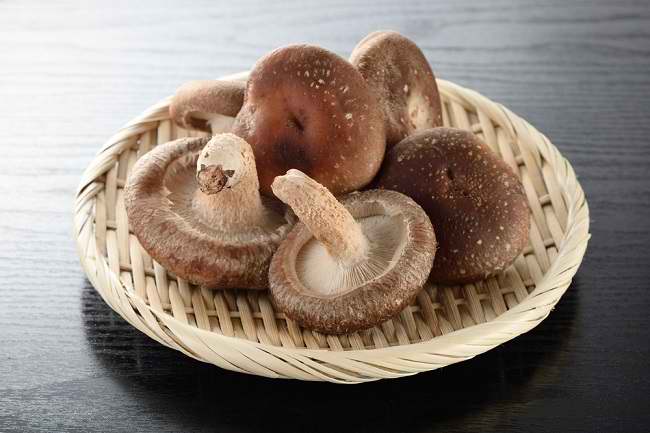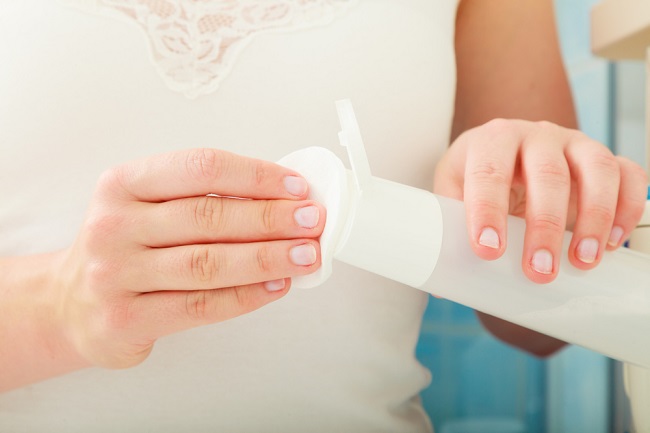Clebopride is a medication to treat nausea and vomiting, especially those that occur after surgical procedures or chemotherapy.
Clebopride is a dopamine antagonist drug. If described more specifically, this drug belongs to the class dopamine D3 receptor antagonist. This class of drugs is used to relieve complaints of nausea and vomiting. This drug is available in tablet form and should only be used as prescribed by a doctor.

Clebopride trademark: CLASS
What is Clebopride
| group | Dopamine antagonist |
| Category | Prescription drugs |
| Benefit | Overcome nausea and vomiting |
| Used by | Adults and children |
| Clebopride for pregnant and lactating women | Category N: Not yet categorized. Clebopride is not known to be absorbed into breast milk or not. If you are breastfeeding, do not use this medicine without telling your doctor. |
| Shape | Tablet |
Precautions Before Taking Clebopride
Clebopride should not be used carelessly. Some things to consider before taking clebopride are:
- Do not take clebopride if you are allergic to this drug.
- Tell your doctor if you have a phaechromocytoma. This medicine should not be used in patients with this condition.
- Tell your doctor if you have gastrointestinal bleeding, kidney disease, Parkinson's disease, epilepsy, or have ever had depression.
- Do not drive or operate heavy machinery while you are taking clebopride, as this medicine may cause dizziness and drowsiness.
- Do not consume alcoholic beverages while on treatment with clebopride.
- Tell your doctor if you are taking any other medicines, including supplements and herbal products.
- Tell your doctor if you are pregnant, breastfeeding, or planning a pregnancy.
- Consult your doctor first before using clebopride for children or the elderly.
- See your doctor right away if you have an allergic reaction to the drug after using clebopride.
Dosage and Instructions for Use of Clebopride
To treat nausea and vomiting, the clebopiride dose will be given by the doctor according to the patient's age. Here's the explanation:
- Mature: 500 mcg, 3 times a day
- Children: 15-20 mcg/kg body weight, 3 times a day
How to Take Clebopride Correctly
Follow the doctor's recommendations and read the instructions for use on the packaging before using clebopride. This medicine should be taken on an empty stomach at least 30 minutes before meals.
If you forget to take clebopride, take it as soon as you remember. If it is near the time of your next dose, skip the missed dose and continue your regular dosing schedule. Do not double the dose of clebopride to make up for a missed dose, unless directed by your doctor.
Store clebopride at room temperature, protect from direct sunlight, and keep out of reach of children.
Clebopride Interactions with Other Drugs
There are several side effects of drug interactions that may occur if clebopride is used with certain drugs, including:
- Increased risk of side effects when used with lithium
- Decreased gastrointestinal motility when used with opioids or anticholinergic drugs, such as atropine
Clebopride Side Effects and Dangers
There are several side effects that can occur after taking clebopride, including:
- Headache
- Drowsiness
- Changes in blood pressure, including hypotension or hypertension
- Diarrhea
- Dizzy
- Depression
- Thick discharge from the breast or galactorrhea
Check with your doctor if the side effects above don't go away or get worse. This drug can also cause more serious side effects, such as muscle stiffness, hyperthermia, impaired coordination, and decreased consciousness. Immediately see a doctor if these side effects occur or experience an allergic drug reaction.
